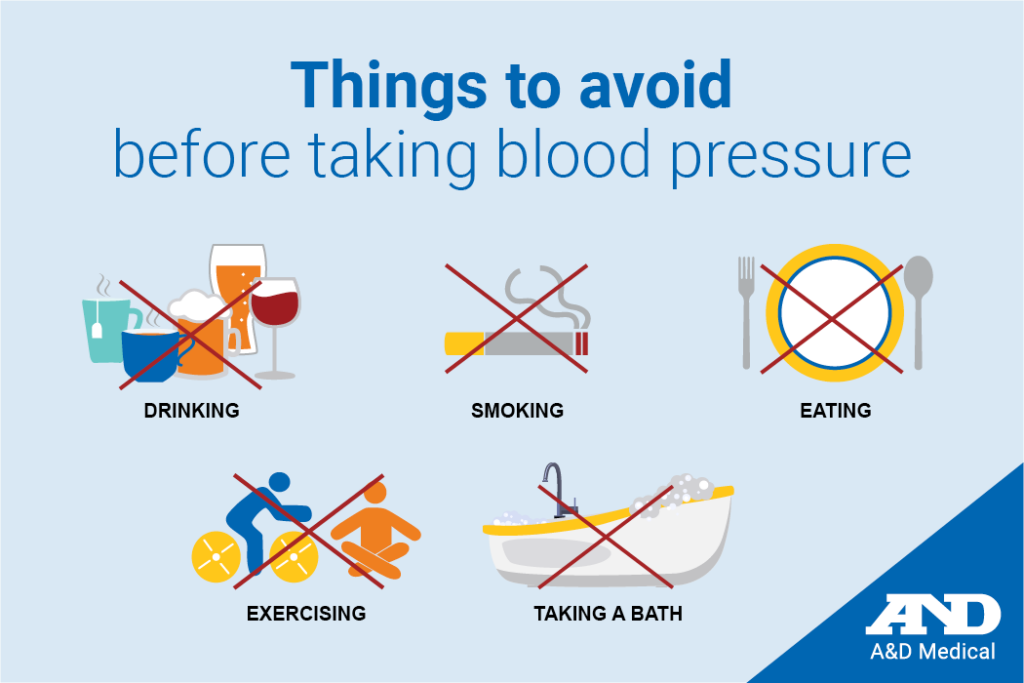
Common causes for differences between in-home and in-office measurements
More and more, healthcare providers are asking people to take their blood pressure (BP) at home regularly because it provides them with helpful information in managing their health. However, when people start taking their BP at home, some notice differences between their at-home measurements and their in-office measurements.
If you are someone who gets nervous at the mere thought of stepping into a doctor’s office, you may be able to imagine why your blood pressure readings might vary between the office and your home — you’re stressed when you go to the doctor!
The reasons for variances in BP readings can be a bit more complicated than a just fear of clinical settings, though. Time of day, level of activity, diet, and yes, even your location are all factors that can have a significant impact on your blood pressure.
To help ease your fears and concerns about these differences, here’s a breakdown of what may be affecting your readings and what you (and your doctor) can do about it.

White Coat Hypertension
As the name suggests, White Coat Hypertension (WCH), is when your blood pressure readings are abnormally elevated in a medical environment. It’s fairly common, affecting around 20 percent of adults.
Thankfully, once you identify it, there are steps you can take to reduce your blood pressure and anxiety. Taking deep breaths, thinking happy thoughts, and even limiting your time in the waiting room can help to lower your blood pressure. Some find that their nerves ease as their appointment progresses. Simply asking your doctor to take another reading at the end of your appointment can result in a more accurate reading.
If your doctor suspects that you may have WCH, you may have already been asked to start monitoring your BP at home to help confirm (or rule out) the diagnosis.

Masked Hypertension
On the other side of that misleading-blood-pressure coin is masked hypertension. This refers to a situation where your reading is lower at the doctor’s office than it is at home.
Masked hypertension can be very difficult to diagnose, and it requires an open conversation with your physician, a great deal of honesty on your part, and at-home monitoring (potentially even wearing a 24-hour blood pressure monitor for a day or two).

Cuff fit and technique differences
Even if you don’t have White Coat or Masked Hypertension, your blood pressure may be different from your doctor’s office. Here are some of the most frequent culprits and what you can do about them:
Cuff fit – ensure that you measure your arm and purchase the correct size cuff. A cuff that is too small will make your reading artificially high. A cuff that is too large will result in a reading that is artificially low. To determine the right cuff size for you, with your arm hanging at the side of your body, measure the circumference of your upper arm at the midpoint between shoulder and elbow.
Technique – if you don’t apply the cuff correctly or make a few other errors, your blood pressure readings could differ from your true values. If you’re unsure if you’re taking your blood pressure correctly, consider asking your healthcare provider to watch you take your blood pressure and adjust as necessary.

Other factors to consider
Keep in mind that other factors can impact your blood pressure too. For 30 minutes before taking a measurement, be sure to avoid the following:Smoking or other forms of nicotineDrinking alcohol or caffeineTaking a bathEatingExercise
All of these things can raise your blood pressure beyond your normal, resting rate.
Best practices for monitoring at home
Regardless of if you think you may have WCH, Masked Hypertension, or you have another reason for monitoring your blood pressure at home, if you’re reading this article, it’s a good time to consider best practices for DIY monitoring. Here are some basic guidelines from the American Heart Association to get you started:
Be still – Before taking a reading, give yourself at least five minutes of quiet rest (30 minutes if you’ve been exercising).
Sit correctly – Make your mother proud, and sit up straight. Also, be sure that you have both feet flat on the floor and your arm is supported so that your upper arm or wrist (depending on the monitor) is at heart level.
Measure at the same time every day – Whatever time works best for you is the best time to take your blood pressure. So, pick a time and stick to it.
Take multiple readings – This can help to account for any variations caused by stress or user error and record the results. Wait at least 1 minute between measurements.
Don’t take the measurement over clothes – That means direct skin to cuff contact.

